What is the role of genetic engineering?
Genetic engineering changes the genomeThe complete set of DNA found in an organism. of an organism to introduce desirable traits eg increase yields, disease-resistant, and improve nutrients in food.
It is widely used in medicine, agriculture, and scientific research.
It can be carried out on plants and animals.
Some extra examples are below:
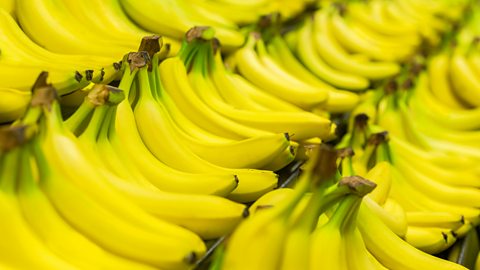
Image caption, Banana vaccines
Hate injections? Scientists have discovered a way of turning the humble banana into a life saving vaccine. An engineered part of a virus is injected into the fruit where it multiplies thousands of times. When eaten, it produces antibodies which fight off deadly disease.
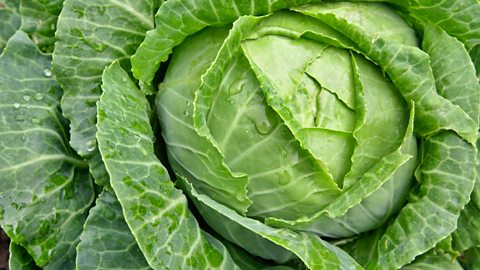
Image caption, Venomous cabbage
By injecting cabbages with scorpion venom, scientists have figured out a way of stopping pesky caterpillars from eating their way through an entire crop. Don't worry! The venom is altered to be safe for humans so there's no excuse for not eating your greens!
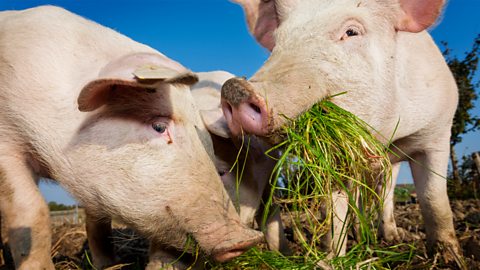
Image caption, Enviropig
Environmentally friendly pig poo. Who knew? Phosphorous is a harmful chemical found in pig manure. Canadian scientists have genetically engineered a pig embryo so that our curly tailed friends produce up to 70% less of the nasty stuff when nature calls.
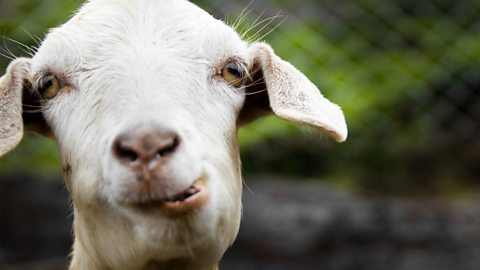
Image caption, Spidergoat
No, it's not a comic. Researchers in the USA made a huge breakthrough when they inserted a spider gene into the DNA of goats. It meant the goats produced milk containing an extra protein, which can be spun into spider silk thread used in things like protective clothing and car interiors.
1 of 4
How is insulin produced?
Genetic engineering is used to make human hormone insulin for the treatment of diabetes. The genome of bacteria are changed to include the human gene for insulin.
Process
The human insulin gene is removed using a restriction endonuclease enzymeAn enzyme that can cut DNA in specific places in the DNA molecule..
A bacterial plasmidA small, circular piece of DNA found in a bacterial cell. is cut open using the same restriction enzyme.
Restriction enzymes cut DNA creating complementary ‘sticky ends’ that join by base pairing.
A different enzyme is used to join the insulin gene and the bacterial plasmid.
The bacterial plasmid containing the insulin gene is placed into a bacterial cell. This is now a genetically modified bacterium.
The bacterial cells are grown in a fermenterA tank containing nutrients, which is used to grow large numbers of bacteria or yeast. where they rapidly reproduce under optimal conditions of warmth, moisture, and oxygen, producing large quantities of insulin.
Downstreaming occurs – the insulin is extracted, purified and packaged to ensure it is safe and effective for treating diabetes.
Advantages of genetically engineered insulin:
No side effects or allergies
No animals are killed or no ethical issues concerning the use of animals
Large quantities can be made quickly and cheaply
No rejection as it’s human insulin
Test your knowledge
More on Genetics
Find out more by working through a topic
- count6 of 6

- count1 of 6
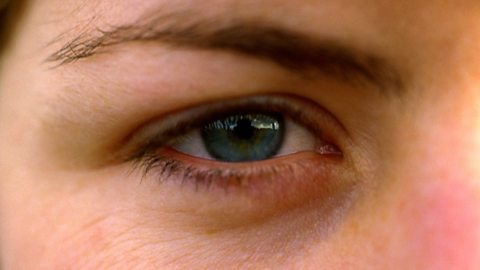
- count2 of 6
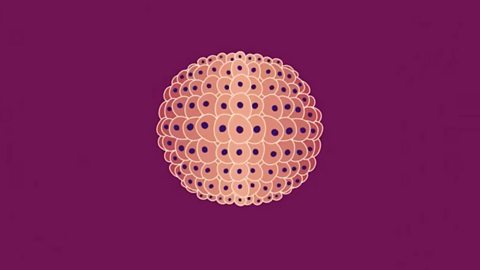
- count3 of 6
